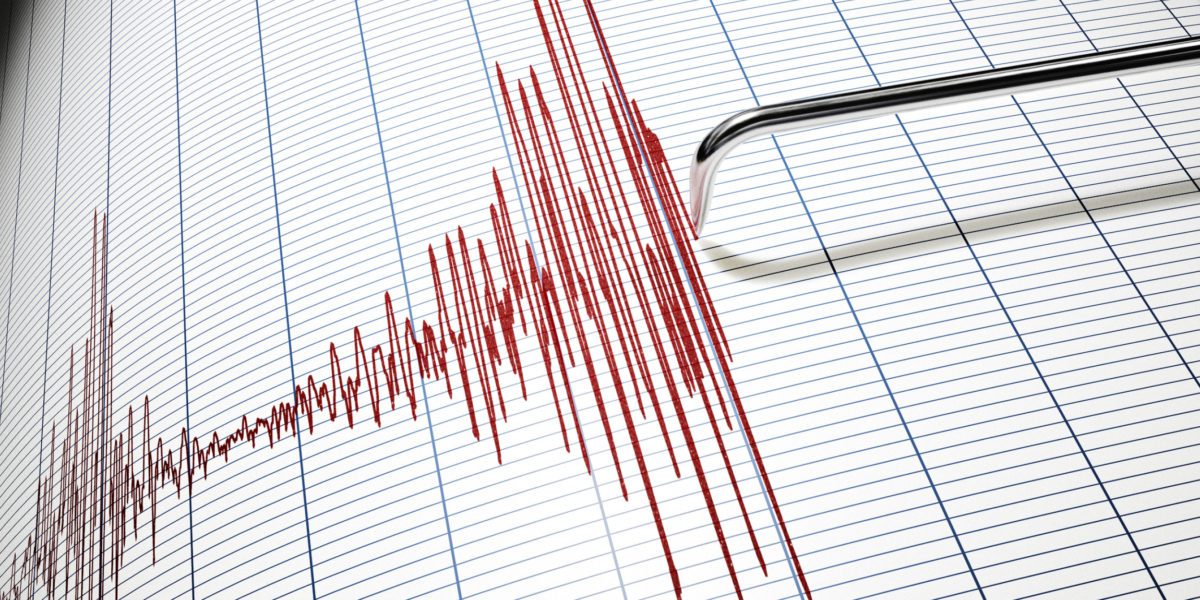Normal bonds vs junk bonds
With historic levels of volatility being experienced in even the lowest risk asset classes like Government Bonds, we thought it worth providing a refresher on the capital structure of modern-day corporates and more importantly banks. We will also provide a short summary of the difference between a ‘normal’ bond and the unfortunately named ‘junk bond’.
First, to capital structure. The chart below provides a simple summary of a traditional corporate or business and the various ways that they source the capital required to fund operations and acquisitions. At the top of all capital structures, or ‘stacks’ as they are affectionately known in the industry, is Senior Secured debt. Senior meaning it ranks above every other lender, preference share and ordinary shareholder; and Secured, because it is secured against either individual assets the company owns or the entire asset base of the company. The next line is Senior Debt, which is not secured by physical assets but still highly ranked in the overall scheme of things.
Following Senior debt is Subordinated Debt, which effectively means it ranks below Senior debt and is similar unsecured, with no rights to any physical assets in event of bankruptcy. Rather Subordinated Debt holders would need to wait until all other debtholders were repaid before having any hope of receiving capital. The final and most common two for Australian investors are ‘Hybrids’ otherwise known as preference shares and equity. As the chart suggests, equity holdings, being those who hold ordinary shares are last in line, with preference shareholders ranking slightly above. Interest or dividend payments for hybrids and ordinary shareholders are discretionary, whereas payments for the prior are legally contracted.
At this point, it worth providing some more granular detail regarding the various credit ratings applied to bonds and hybrids. The chart above shows the threshold between Investment Grade and Sub-Investment Grade or ‘Junk’ Bonds. It is in the latter sector where exponential growth in borrowing has occurred in recent years, ballooning to $1.2 trillion in the US alone.
Image source: Corporate Finance Institute
There are many nuances in the bond sector, just like in equity markets. For one, different ratings agencies may rate different companies at varying levels of risk, making it difficult for investors to assess the true risk. On the other hand, there are many companies around the world, like our own Seven Group or Crown, who simply aren’t concerned about their credit rating and happy to pay whatever rate is required when they seek to raise capital. Interestingly, Australia’s bank hybrids are no longer rated (due to liabilities from the GFC) by the major agencies and hence tend to fall into the ‘junk category’.











